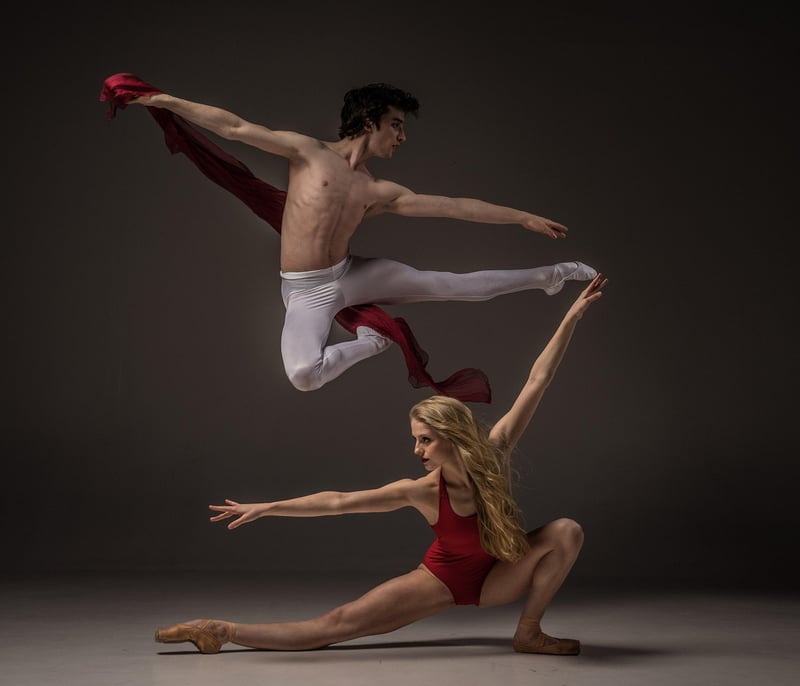Contemporary
The Power of Expressive Movement in Contemporary Dance
Contemporary dance is a dynamic and expressive art form that pushes the boundaries of traditional movement. At the heart of contemporary dance lies the concept of expressive movement, a powerful tool that allows dancers to convey emotions, stories, and ideas through their physicality.
What is Expressive Movement?
Expressive movement in dance is the art of using the body to communicate and evoke emotions. It goes beyond technical proficiency and focuses on the individuality and creativity of the dancer. Through a combination of fluidity, strength, and intention, dancers express their innermost feelings and thoughts through movement.
The Role of Expressive Movement in Contemporary Dance
In contemporary dance, expressive movement plays a central role in shaping the choreography and storytelling. Dancers use their bodies as instruments to create a visual language that speaks to the audience on a deep and visceral level. Through gestures, shapes, and interactions, dancers convey a range of emotions from joy and love to pain and despair.
Benefits of Embracing Expressive Movement
- Emotional connection: Expressive movement allows dancers to connect with their own emotions and experiences, creating authentic performances that resonate with the audience.
- Creative exploration: By embracing expressive movement, dancers can explore new ways of moving and expressing themselves, pushing the boundaries of traditional dance forms.
- Storytelling: Expressive movement is a powerful tool for storytelling, enabling dancers to convey narratives and themes without the need for words.
- Personal growth: Through the practice of expressive movement, dancers can develop a deeper understanding of themselves and their artistry, leading to personal growth and self-discovery.
Embracing Expressive Movement in Your Dance Practice
If you're looking to incorporate more expressive movement into your dance practice, consider exploring improvisation, experimenting with different movement qualities, and focusing on the emotional intention behind each movement. Remember, the key to expressive movement is authenticity and vulnerability.
Conclusion
Expressive movement is a fundamental aspect of contemporary dance, allowing dancers to communicate and connect with audiences in profound ways. By embracing expressive movement in your practice, you can unlock new levels of creativity, emotional depth, and storytelling in your performances.

Image source: Pixabay
